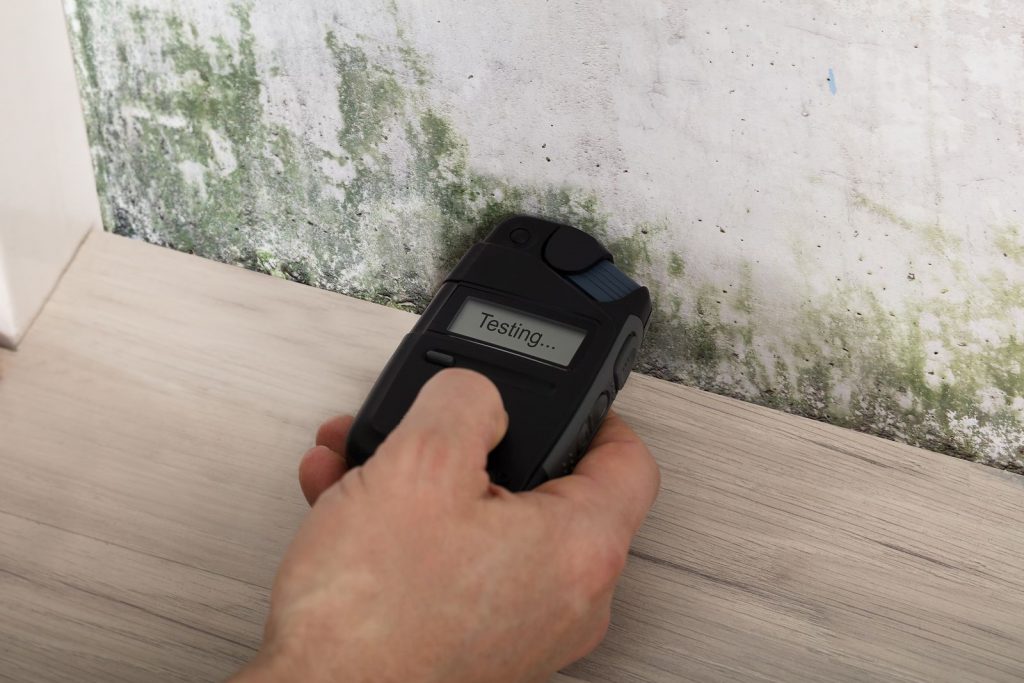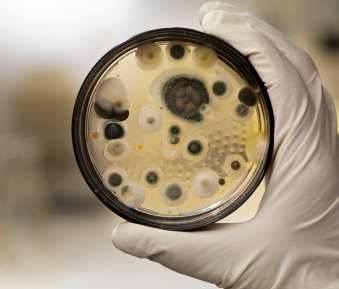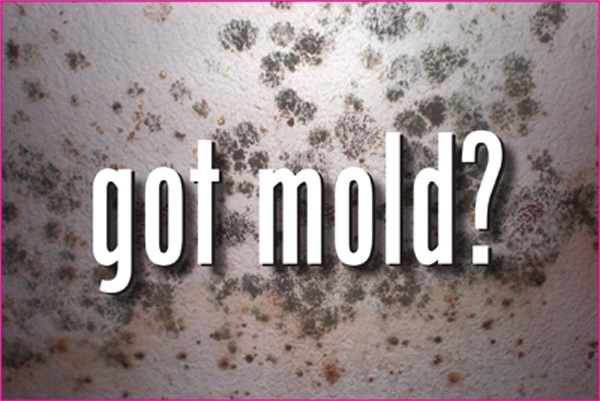The Difference Between Mold Testing and Mold Clearance Testing and How to Choose the Right One
Mold, a common but often unseen household challenge, can significantly affect property and health. While many know its presence, the nuanced approach to addressing it might be less understood.
There are two primary methods: Mold Testing and Mold Clearance Testing, form the crux of mold management. Yet, they serve distinct purposes in the mold identification and remediation process.
Call 888-217-2719 to set up an appointment.
As well as Mold Clearance Testing and Mold Testing in Ventura County, we also offer other indoor air quality testing services in the surround regions of Thousand Oaks, Simi Valley, Oxnard, Moorepark, Port Hueneme, Oak Park, El Rio, Ojai and Santa Paula.
Knowing the difference between these two testing methods and understanding when to employ each is very important for effective mold management. We'd like to help homeowners and property owners make smart choices to protect both the integrity of their property and the safety of their tenants. In this article we are going to look into the differences between these two tests.
What is Mold?
Mold is a fungus that thrives in damp conditions which can be found indoors and outdoors. There are countless different species of mold, many of which are harmless. However, some species can cause significant health issues, especially in individuals with allergies, respiratory conditions, or weakened immune systems. Typical places for mold growth include basements, bathrooms, and other areas with potential water damage or leaks.
Mold Testing - An Overview
Mold testing is a pivotal initial step in understanding the nature and severity of mold presence within an environment. It's not just about detecting mold but also identifying its type, concentration, and potential sources of growth.
Typically instigated when there's either a suspicion of mold due to peculiar odors, unexplained health symptoms, or even a history of water damage, this test provides insights even when mold isn't visibly present. The reason being, mold often lurks behind walls, under carpets, or in other concealed areas.
There are several methodologies employed for mold testing.

Mold Testing Ventura County
- Air sampling provides a snapshot of the airborne mold spore concentration, helping professionals deduce the air quality and the potential associated risks.
- Tape or swab sampling involves directly taking samples from surfaces. This is especially useful for identifying mold types on walls, furniture, or other household items.
- Bulk sampling, on the other hand, requires the removal of material pieces from suspected areas to be analyzed in a laboratory, offering a deeper dive into the mold's source and concentration.
Mold Clearance Testing - An Overview
Mold clearance testing acts as a post-remediation safeguard, ensuring that mold removal efforts have been successful and the environment is restored to safe conditions for occupants. Unlike initial mold tests that seek to diagnose a problem, clearance testing confirms the solution.
This test is conducted after a mold remediation procedure, to guarantee that mold concentrations are reduced to acceptable levels, ensuring the area's safety. It's akin to a seal of approval, offering peace of mind to inhabitants that mold threats have been effectively addressed.
Several techniques are employed in mold clearance testing.
- Air sampling is repeated post-remediation to determine whether airborne mold concentrations are within acceptable levels, indicating a successful cleanup.
- Surface sampling (tape or swab) examines previously affected areas to confirm mold's absence or significant reduction on surfaces.
- Bulk sampling might be redone on materials previously identified as mold hotspots to ensure complete eradication.
Key Differences Between Mold Testing and Mold Clearance Testing
Mold is a silent invader, often raising health and property concerns. Two primary procedures are employed to tackle mold-related issues: Mold Testing and Mold Clearance Testing. While they may seem similar, their purposes, timings, and result interpretations differ considerably.
Objective/Purpose
- Mold Testing. This is a diagnostic procedure. Its purpose is to determine if mold is present, what type of mold, and how much of the home has been affected. It provides a detailed picture of the mold issue, enabling professionals to strategize the next steps.
- Mold Clearance Testing. This serves as a verification step. Post mold remediation it ensures that the removal efforts were successful and that the mold levels are now within safe parameters.
Timing
- Mold Testing. It's initiated when there's a suspicion of mold—whether due to a musty odor, visible signs, or health symptoms consistent with mold exposure. It's about detecting and defining the problem.
- Mold Clearance Testing. Conducted after the mold remediation process, it's about validation. Its purpose is to reassure the environment is mold-free or within safe mold levels.
Result Interpretation
- Mold Testing. These results guide professionals in planning an effective remediation strategy. They reveal the mold type present, the infestation's severity, and potential health risks.
- Mold Clearance Testing. Clearance test results validate the remediation's effectiveness. A successful test means the space is safe for reoccupation. It confirms that the mold issue has been addressed, offering peace of mind to inhabitants.
Sampling Locations
- Mold Testing. Often involves comprehensive sampling from various locations to pinpoint mold sources and understand its spread.
- Mold Clearance Testing. While it may still be extensive, it primarily focuses on areas previously identified as problematic or where remediation occurred.
How to Choose the Right Testing Method for Your Situation?
Addressing mold concerns is about more than just identification and remediation. It’s also about adopting the right approach at the right time. Deciding between mold testing and mold clearance testing, while seemingly straightforward, requires a good understanding of your specific situation.
Situation Assessment
- Initial Suspicions. If your concerns arise from subtle signs like a persistent musty odor, unknown allergens causing health symptoms, or any recent water damage, you're in the initial stages. Here, mold testing is the appropriate choice to uncover hidden mold issues.

Mold Clearance Testing Thousand Oaks
- Post-Remediation. If you've recently undergone mold remediation efforts, you’ll want to ensure these were effective. This is where mold clearance testing comes in, offering a stamp of approval that mold levels are safe.
Desired Outcome
- Diagnostic Insight. If you want to pinpoint specific mold types, their concentration, and locations, mold testing will provide a comprehensive view.
- Confirmation. If your goal is to validate the success of mold removal actions and ensure a safe environment, mold clearance testing will be your choice.
Costs and Timeline Considerations
- Extensiveness. Mold testing can be more extensive and varied, as it seeks to identify mold presence in multiple locations. This might affect both costs and timeline.
- Targeted Approach. Mold clearance testing is often more targeted, focusing on previously identified mold zones, which might make it quicker and potentially less costly.
Future Precautions
- Preventative Measures: If you’re keen on ensuring a mold-free environment in the future, consider mold testing even if there's no obvious issue now. It helps in recognizing areas prone to mold, enabling preemptive actions.
- Reassurance: After having faced a mold issue, you should consider periodic mold clearance tests, especially after any significant water incidents, to ensure the environment remains mold-free.
Professional Guidance
Always consult with mold professionals. They can guide you based on your described situation, the property's history and potential risk factors. A professional's expertise will ensure that the chosen method aligns with your needs and guarantees the best outcome.
Understanding the differences between mold and clearance testing is vital for ensuring a safe and healthy environment. Whether you're in the initial stages of suspecting mold or ensuring that remediation was successful, make informed decisions and prioritize your health and property's safety.
We have Mold Clearance Testing and Mold Testing services in Ventura County, but we also offer other indoor air quality testing services in the surround areas of Thousand Oaks, Simi Valley, Oxnard, Moorepark, Port Hueneme, Oak Park, El Rio, Ojai and Santa Paula.
Call 888-217-2719 to set up an appointment.




